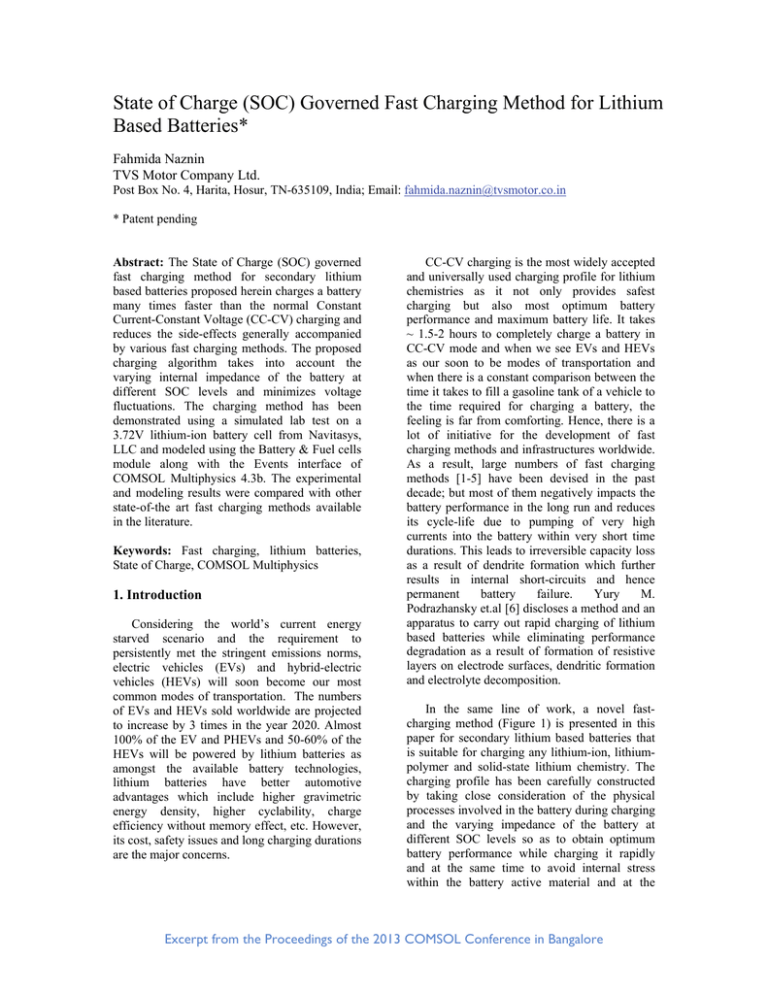

Temperature distribution and deformation of the circuit board. The swept mesh creates hexahedral (default) or prismatic mesh elements, which can still effectively handle the disproportional dimension sizes, with far less elements.Ĭircuit board model with a swept mesh with 37,027 3D domain elements, automatically generated withĬircuit board model with a tetrahedral mesh with 56,966 3D domain elements: an example of Swept meshes are especially useful for thin geometries, because other (tetrahedral and triangular) meshes create more elements than necessary to account for the skewed dimensions that exist within a thin geometry.

Knowing which type to use in different situations is crucial for accurate and fast simulations. Meshing is one of the bases of finite element analysis. However, in the latest release, COMSOL Multiphysics version 4.3b, the swept mesh has become more automated, minimizing the number of source and destination boundaries manually defined. In previous versions of COMSOL Multiphysics, the source and destination boundaries generally needed to be specified by the user. A swept mesh starts at a source boundary and sweeps along to a specified destination boundary. In the meantime, you’re also advised to browse the Release Highlights page, watch the release video, and check out the press release.ĭon’t forget to share these updates with your colleagues and friends - and let us know how you like the release, too.Swept meshing is a geometry discretization technique available in COMSOL Multiphysics for specific types of geometries, including thin geometries, geometries with bends, and models with little or no variation in a specific direction. For one, we are hosting a webinar introducing COMSOL Multiphysics 4.3b on May 14 th. There are also many other ways for you to learn more about the latest release.

#Introduction to comsol multiphysics 4.3b software
We will continue to cover the new add-on modules as well as the extended capabilities of our software on the blog - be sure to check back often. Want to learn more about COMSOL Multiphysics 4.3b?
#Introduction to comsol multiphysics 4.3b full
The Release Highlights page contains a full and detailed list of the new capabilities released with COMSOL Multiphysics 4.3b. Velocity reinitialization and Monte Carlo elastic collisions in particle tracing.Control which model a material is added to.Optimization study node includes gradient-based and gradient-free methods.Periodic structures for electromagnetic waves.SST Turbulence model and an upgraded CFD solver.Frozen rotor for rotating machinery in CFD.Export material data from Excel® to your material library.Curvilinear Coordinates interface for curved geometric shapes.2D modeling work planes from 3D CAD cross sections.

COMSOL Multiphysics and LiveLink Products:.New simulation capabilities and enhancements have been added across all application areas, from our base package to the multipurpose tools, and each module in between. These New Features Will Help Make Your Job Easier Learn all about these brand new additions to our product line on the COMSOL Multiphysics 4.3b Release Highlights page. With the release of COMSOL Multiphysics 4.3b, we bring the solutions to these problems for you, via five new application-specific modules: You didn’t think we were going to leave it at that, did you? Over the past several weeks on the blog, we’ve identified difficulties in simulating problems within wave optics, molecular flow, and electrochemistry, and highlighted the need for the ability to model multibody dynamics and semiconductor applications. The latest version of COMSOL Multiphysics is here, and you do not want to miss out on the news.ĬOMSOL Multiphysics 4.3b Adds Five New Products Five new products extend our product suite, and there are plenty of new features to enhance your simulation experience. We’ve been dropping hints for the past few weeks here on the blog, and the time has finally come when we can officially unveil the release of COMSOL Multiphysics 4.3b.


 0 kommentar(er)
0 kommentar(er)
